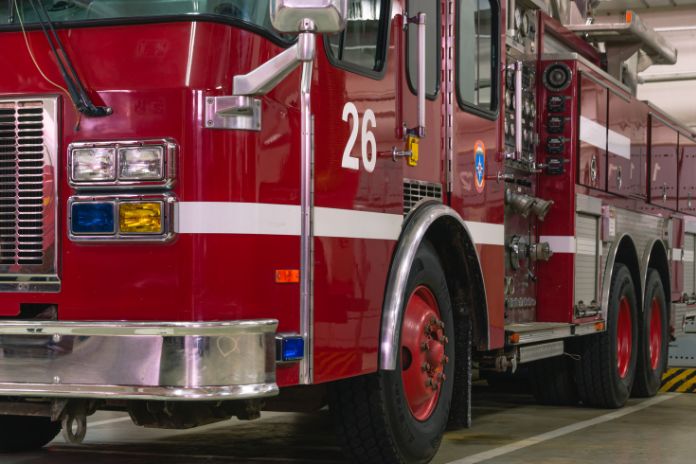
Fire trucks have been around for ages and play a critical role in firefighting and rescue missions. With their distinct look, large size, and unique features, fire trucks are essential tools for fire crews when responding to emergencies. Whether you are an experienced firefighter or a community volunteer, understanding the different types of fire trucks, their features, and how to operate them is essential to keeping everyone safe. Discover everything you need to know about fire trucks.
Types of Fire Trucks
There are several types of fire trucks, each designed for specific applications. The most common types of fire trucks include:
- Aerial ladder truck: This type of fire truck features an extendable and articulating ladder that can reach high buildings.
- Pumper truck: Pumper trucks pump water from a hydrant or other water source to extinguish fires.
- Tanker truck: Tanker trucks carry large amounts of water to remote areas where there are no hydrants.
- Rescue truck: These trucks carry equipment for emergency medical services and can be used to transport injured people from the accident scene.
Knowing which to use in a given situation is essential to ensure the fire or other emergency is dealt with effectively.
Equipment on Fire Trucks
Modern fire trucks include various features and equipment to enhance their firefighting and rescue capabilities. Fire extinguishers, wrenches, axes, hook ladders, and saws are just a few of the items most fire trucks carry. GPS systems help firefighters navigate and locate fire incidents, while telescoping aerial ladders allow them to reach higher floors of buildings and provide rescue access. Specialized tools, such as the Jaws of Life, are also useful in car accidents and other emergencies.
How To Operate a Fire Truck
Operating a fire truck is complex, and knowing essential details, such as the difference between pumpers and tankers and how each truck works, can make all the difference during an incident. Additionally, firefighters must understand how to set up the truck so the water is pumped correctly to the fire. Routine maintenance tasks include checking fluids and tire pressure, inspecting brakes and suspension systems, and ensuring all equipment and tools are in good working order.
Confidence During Emergencies
Fire trucks are essential tools in firefighting and rescue missions. Understanding the different vehicles, features, equipment, and necessary skills is critical to keep everyone safe. Firefighters and community volunteers must have in-depth knowledge of handling fire trucks on the road and using their various features to operate smoothly and effectively while getting the job done. Now that you have everything you need to know about fire trucks, you can be confident in your ability to help as a firefighter or volunteer in a firefighting or rescue emergency.







